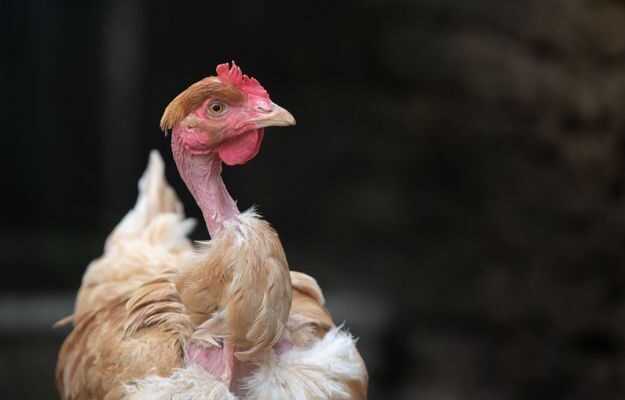The State plans Thursday to slaughter more than a million poultry in the South-West as a preventive measure to put a stop to the meteoric progression of avian flu.
The state plans on Thursday to preventively slaughter more than a million poultry in the Southwest to put a stop to the meteoric progression of avian flu, distressing breeders who hoped to avoid a repetition of the winter crisis. last. So that the virus no longer finds a medium on which to multiply, there must no longer be any ducks, hens or turkeys on farms in an area comprising 226 municipalities, mainly in the south of the Landes, but also in the west of Gers and northern Pyrénées-Atlantiques. “It will take us about three weeks to clean up the area,” the Ministry of Agriculture said.
The administration thus intends to “reduce the duration of the epizootic”, “prevent its extension to other production areas that are now free” and “allow the animals to be put back in the farms as quickly as possible”, according to a statement. This “preventive depopulation” involves “potentially” euthanizing 1.3 million animals, mainly ducks. This could bring to 2.5 million the total of animals slaughtered since the start of the epizootic at the end of November. Each time, the breeders are compensated.
“Requisitions of slaughterhouses are put in place (…) and we involve a maximum of actors to depopulate the farms, in particular like last year the students of veterinary schools”, it was specified. at the ministry. The spread of the virus has suddenly accelerated since the beginning of January in the South-West, in the heart of the country of foie gras, where the majority of the sources of contamination are concentrated.
“Desperate”
This is the fourth crisis linked to avian flu that has affected France – and particularly the South-West – since 2015. The last one, last winter, had led to the slaughter of more than 3.5 million poultry, mainly palmipeds. To avoid the repetition of such an assessment, it was decided to systematically confine poultry when the risk of introduction of the virus by migratory birds is considered high, but also to lower the number of ducks reared at the same time in the densest areas.
“The measures we have taken have slowed the spread, that’s for sure,” we assure the ministry. However, “we can see that everything that was put in place was necessary but not sufficient”, notes Hervé Dupouy, duck breeder in the Landes, at the head of the web-footed section of the local FDSEA (majority union). According to the ministry, “the first analyzes show (…) that the virus is very present in the environment, that it is different from last year, that poultry do not respond in the same way to this virus, and that biosecurity measures need to be improved in the future”.
Among the factors of dissemination, what the administration describes as “epidemiological links between farms”, when equipment, men and animals circulate from one farm to another. “There are a lot of interactions between the breeders, the equipment we lend to each other, the catching teams [des canards] and vaccination that circulate in the farms”, continues Hervé Dupouy, for whom “we have a culture of biosecurity which is not adapted to our breeding densities.” “We are desperate, the morale of the farmers is not not good, continues the breeder. Beyond the situation we are experiencing, with dead animals on our farms, how can we project ourselves into the future?
Any reproduction prohibited
